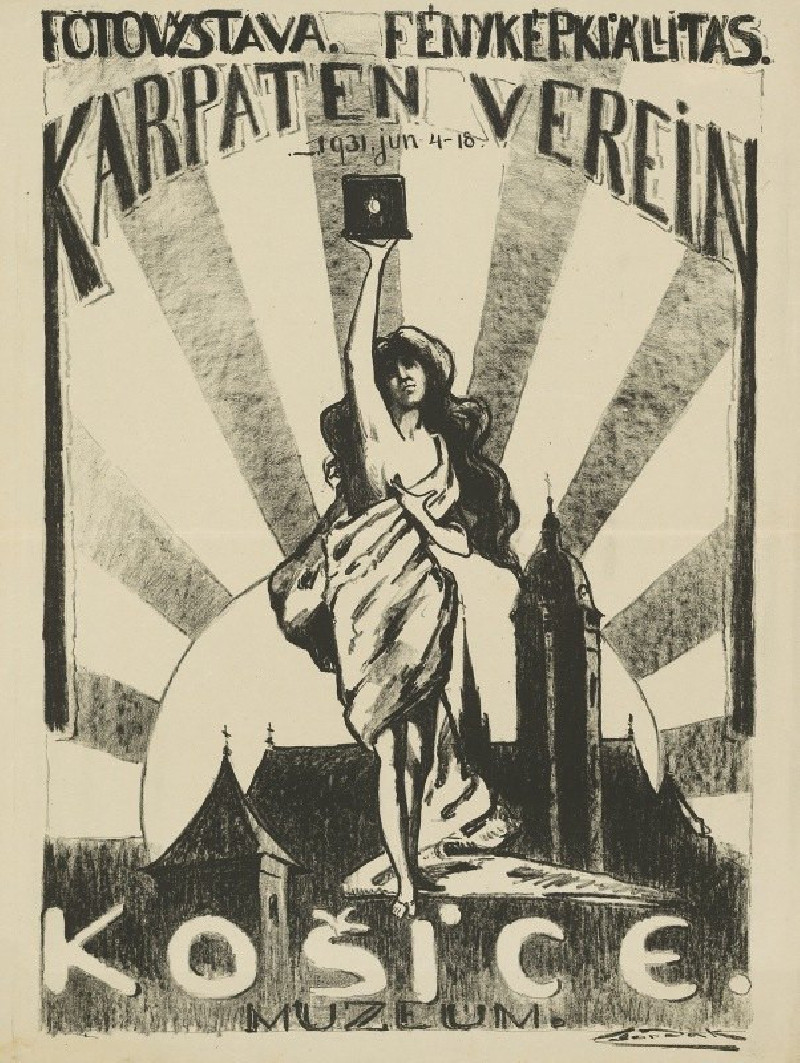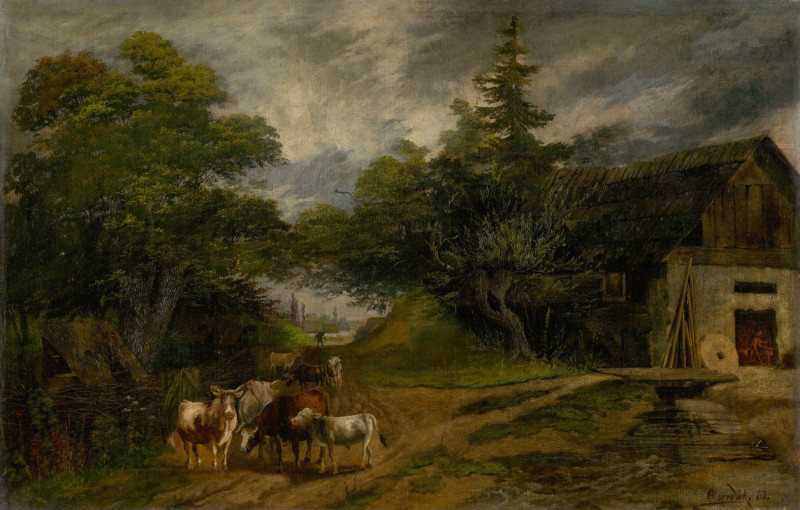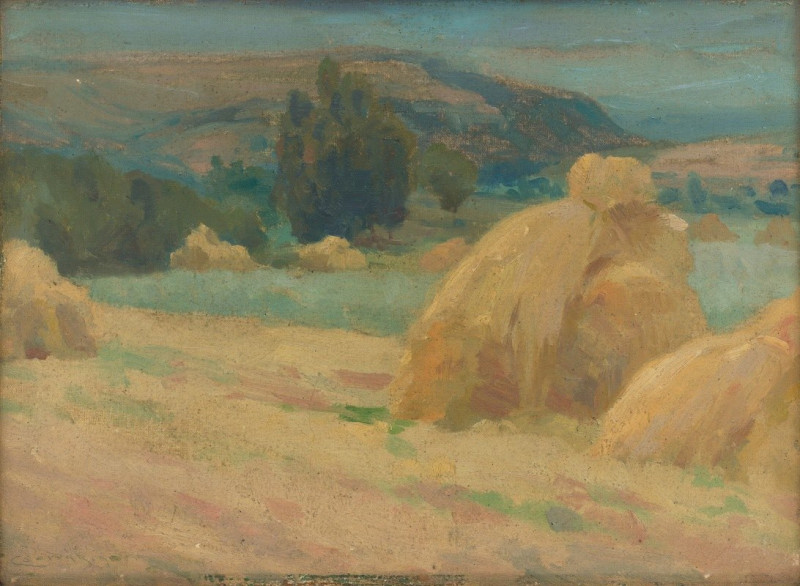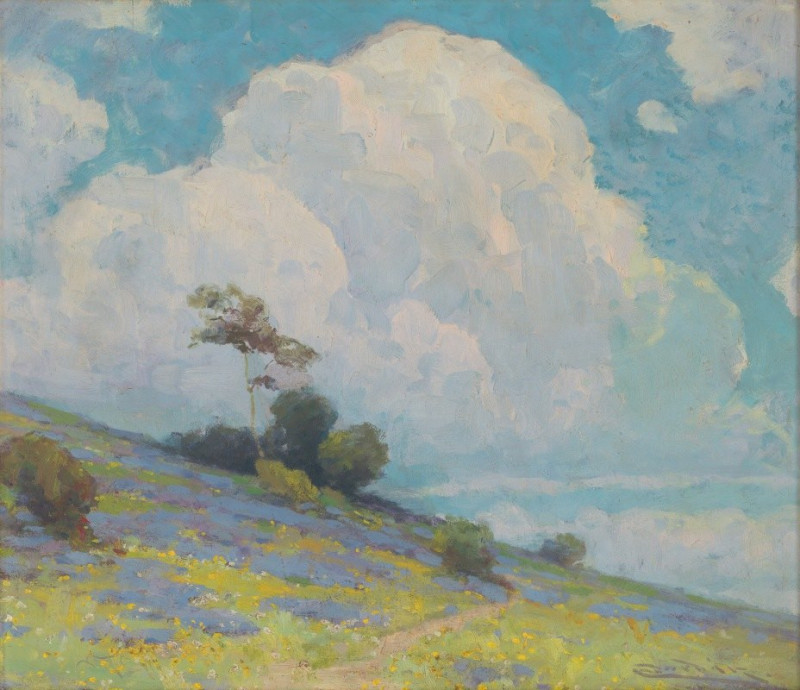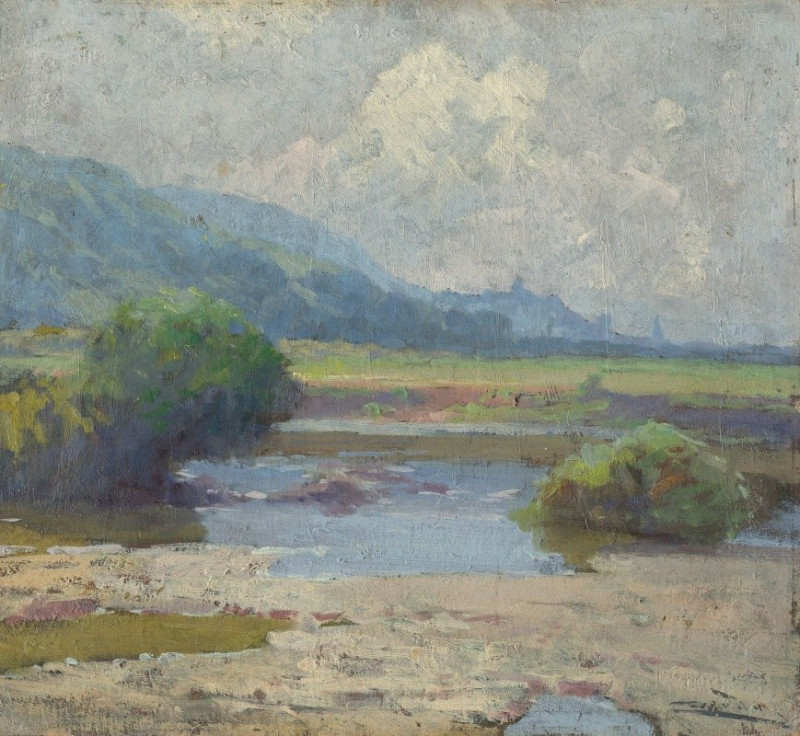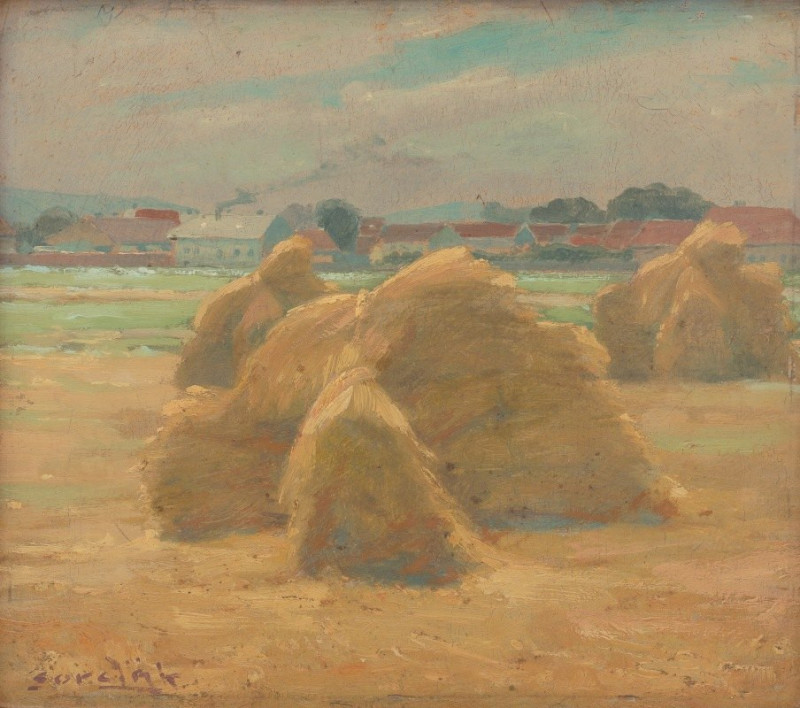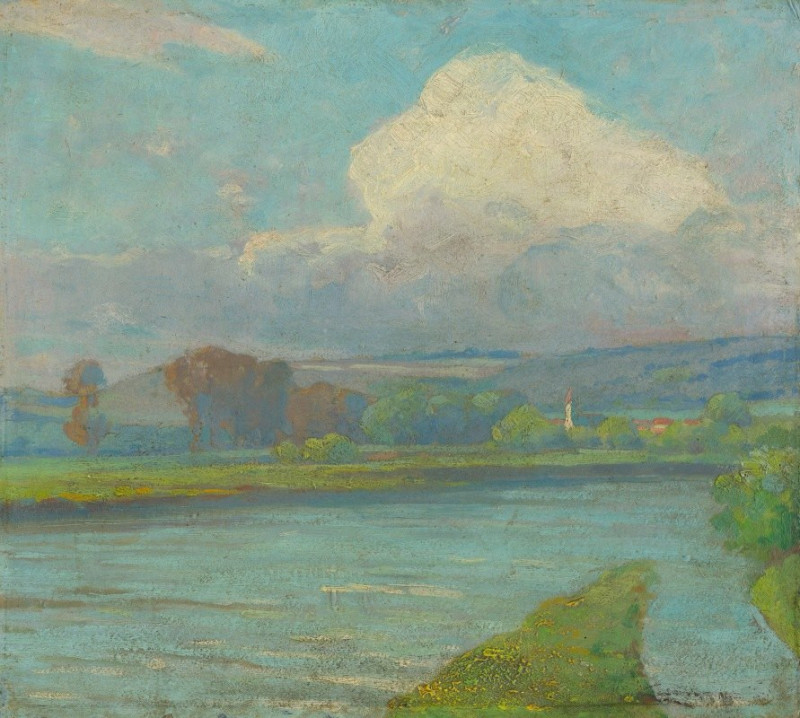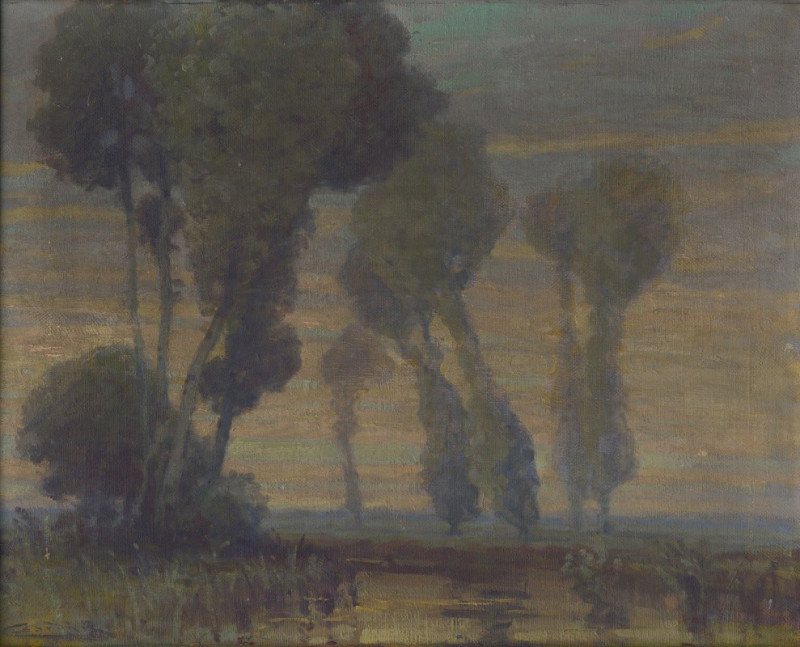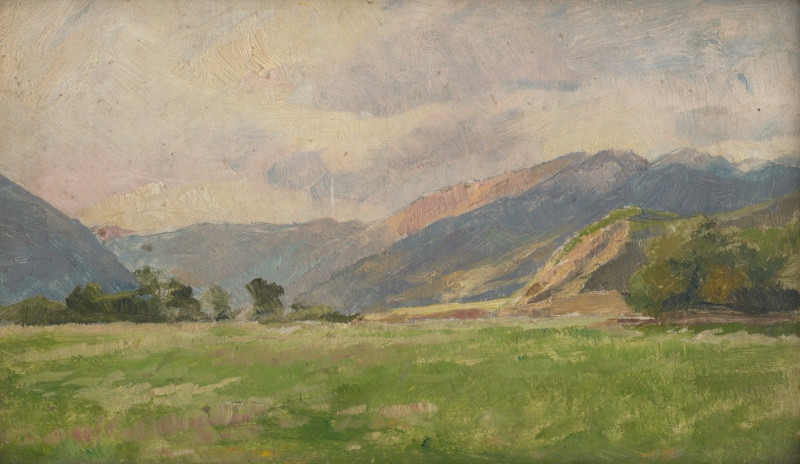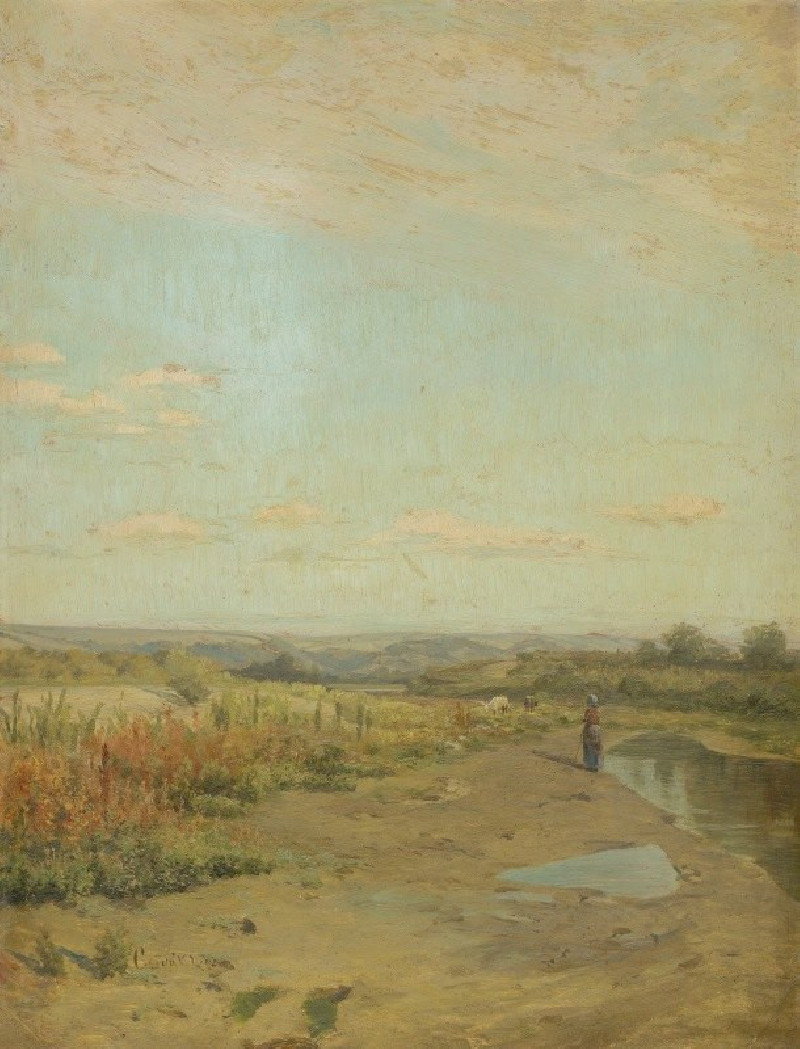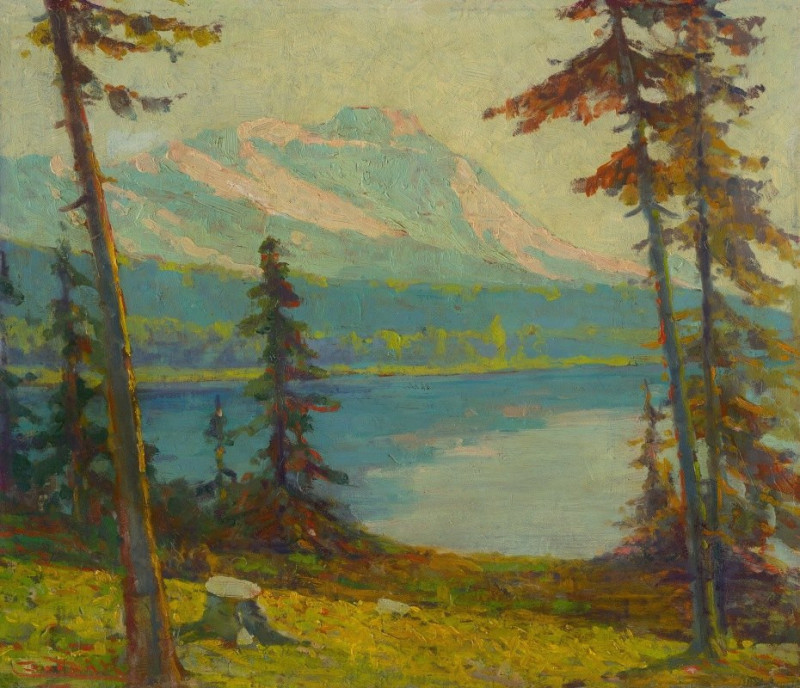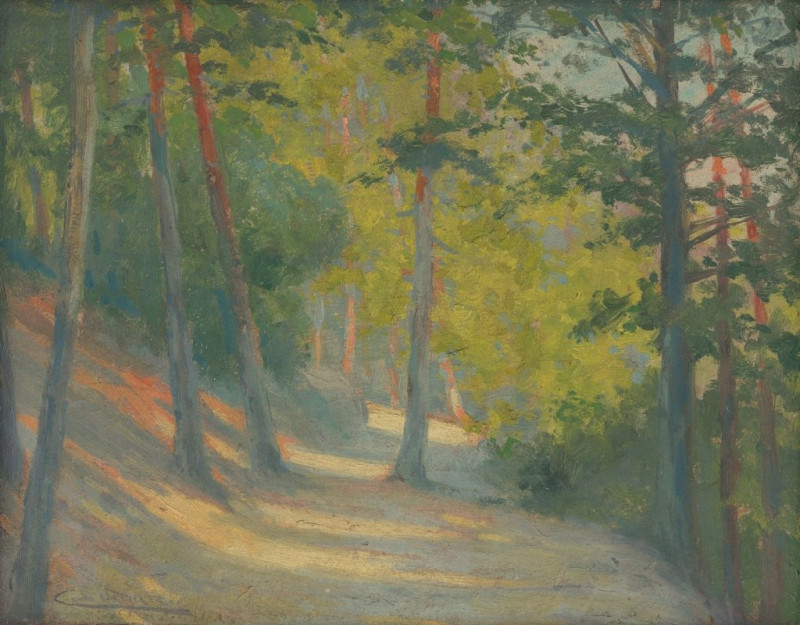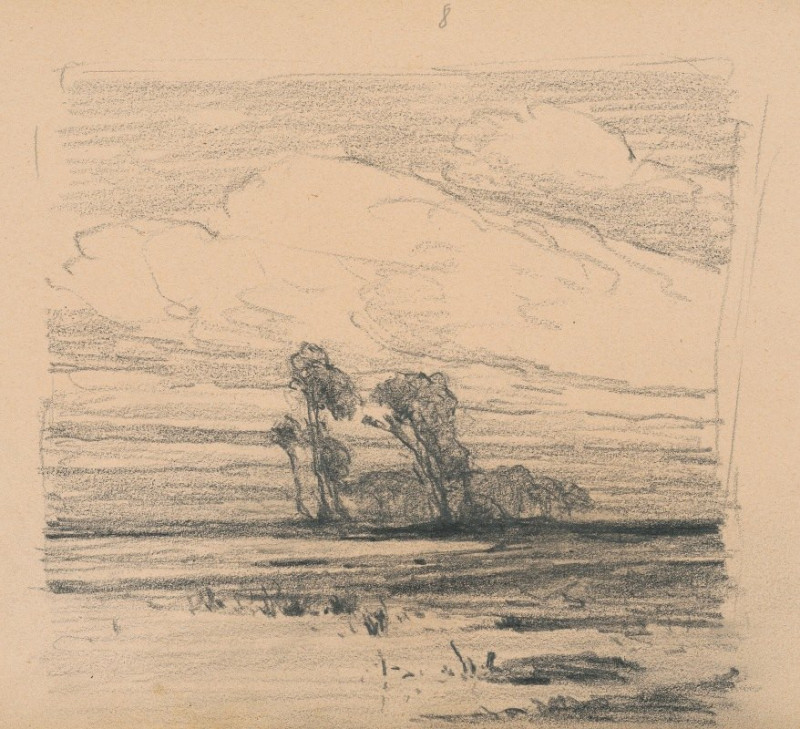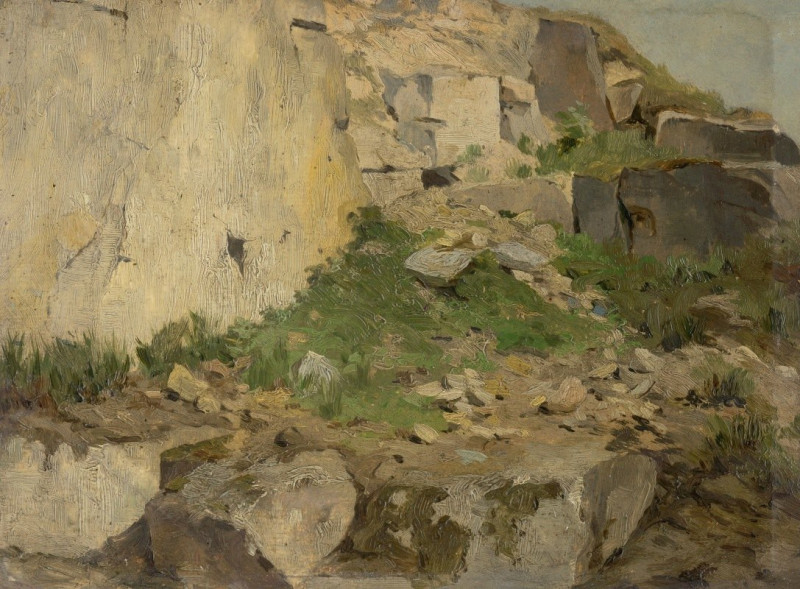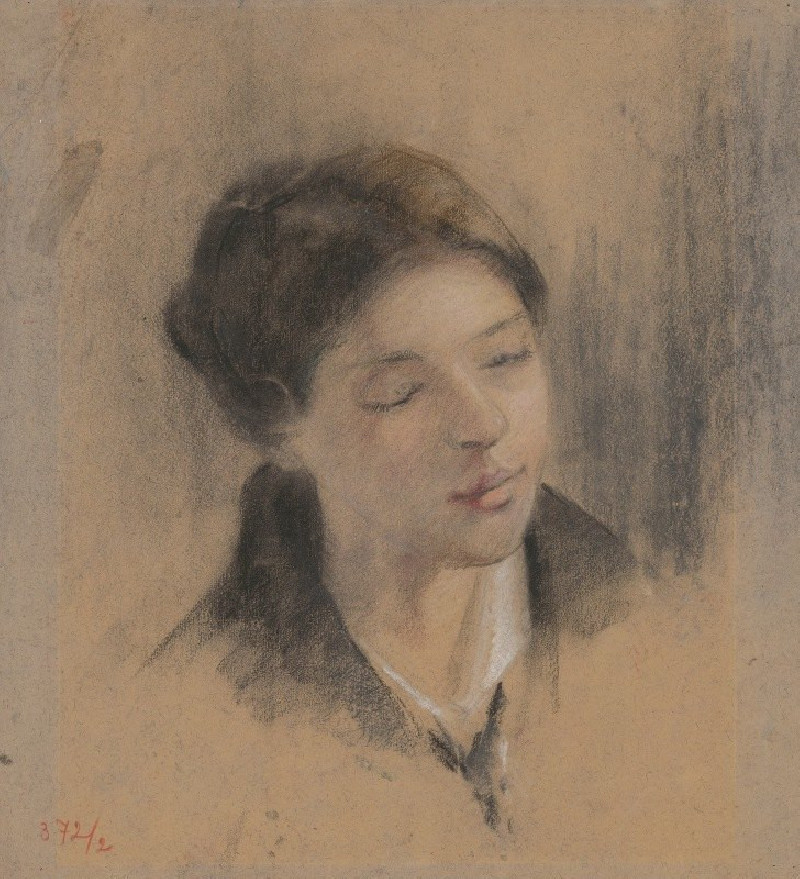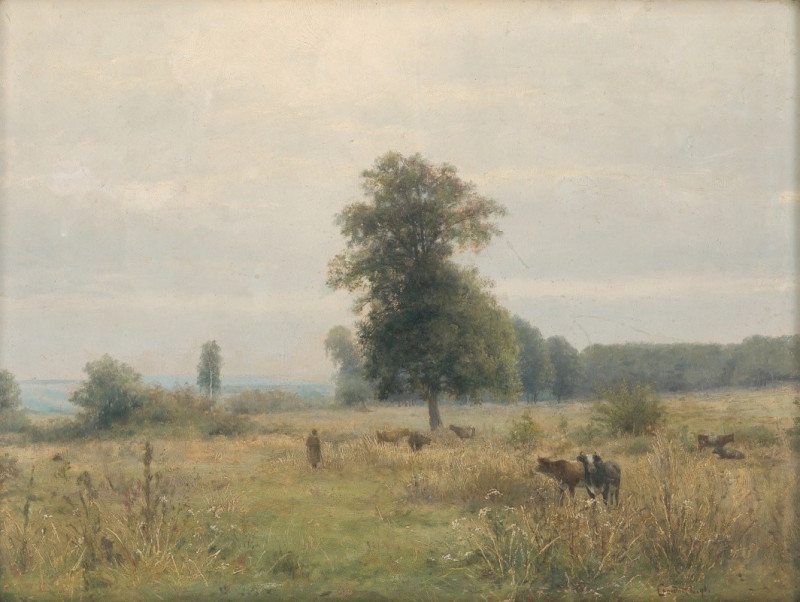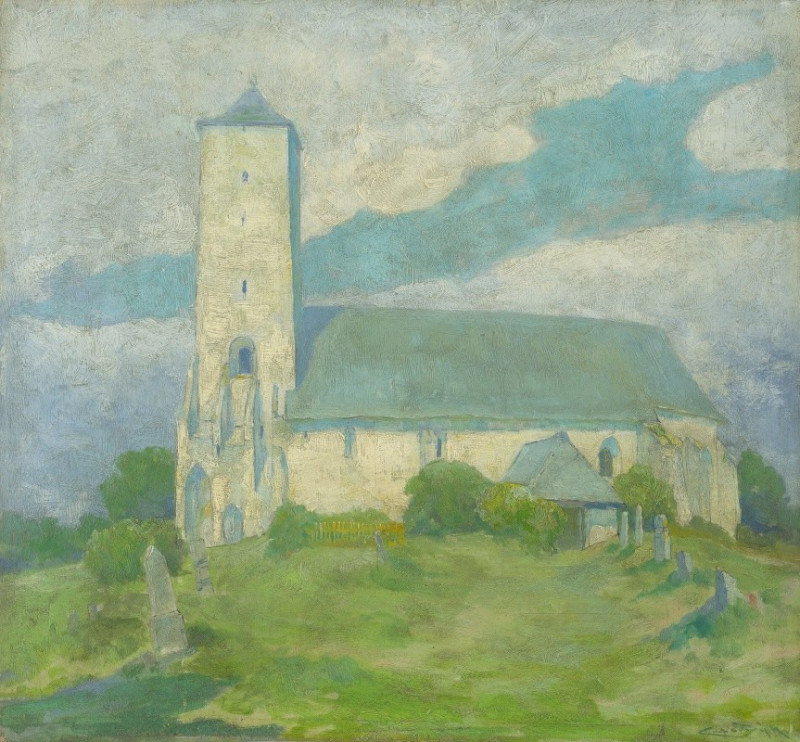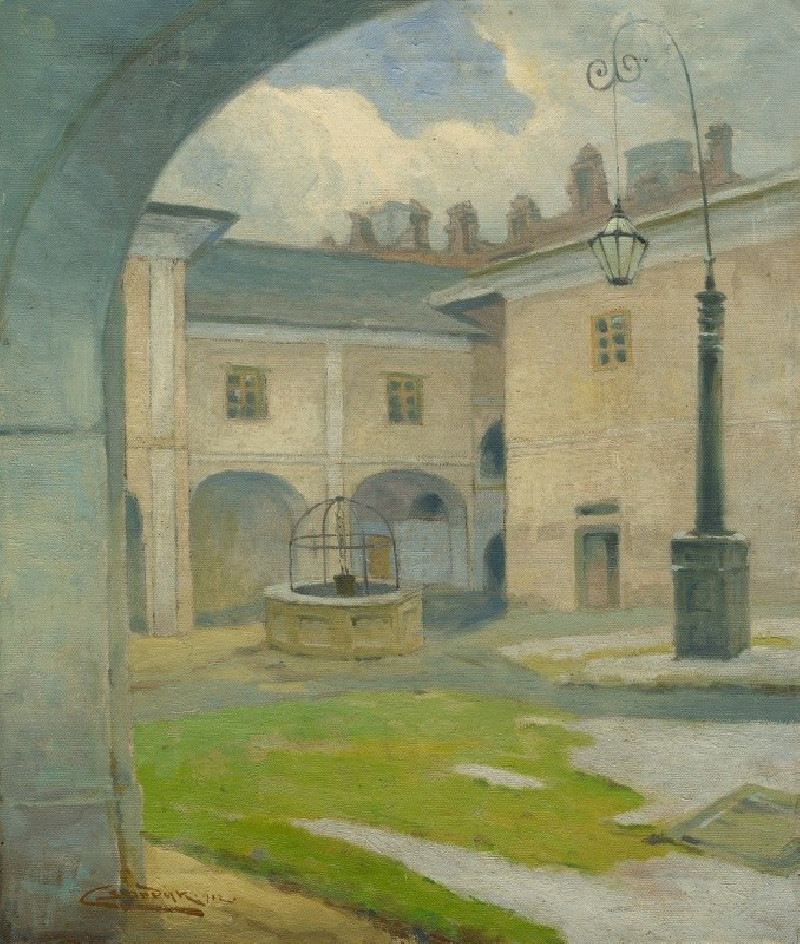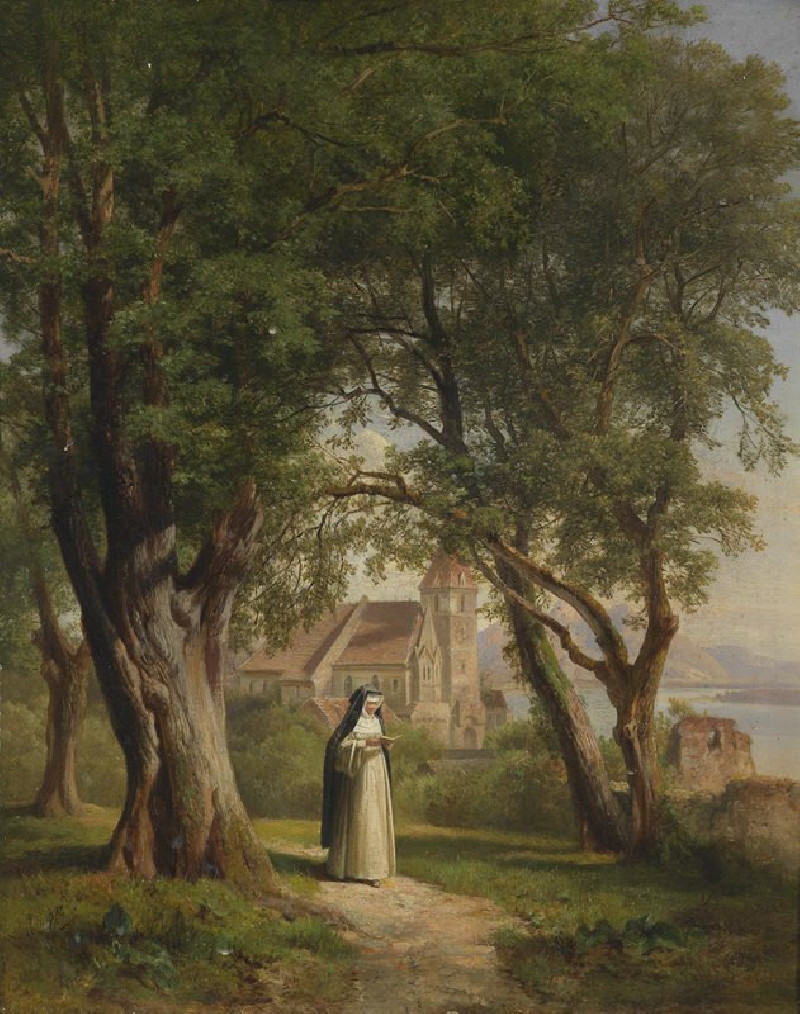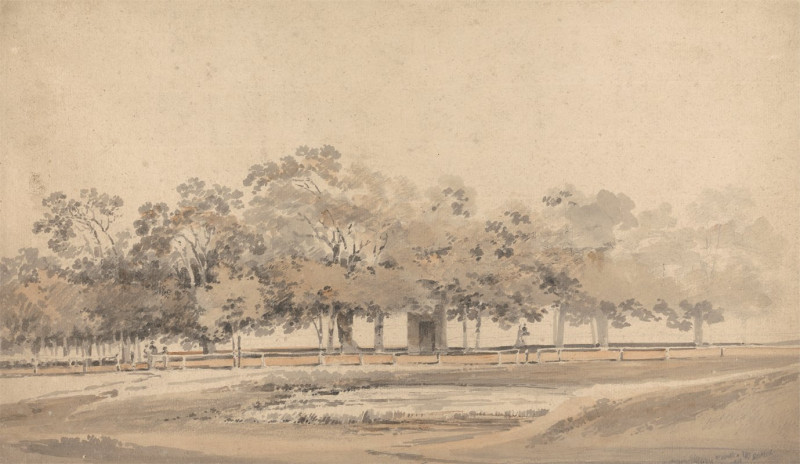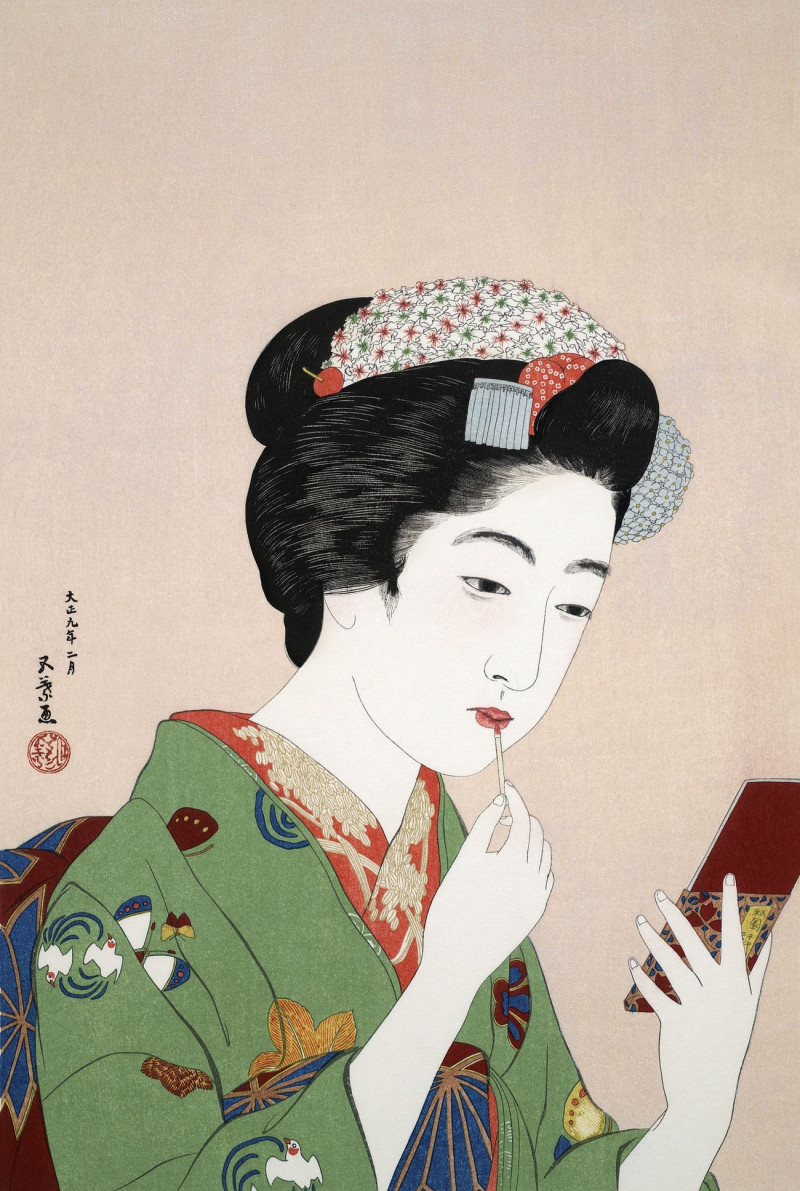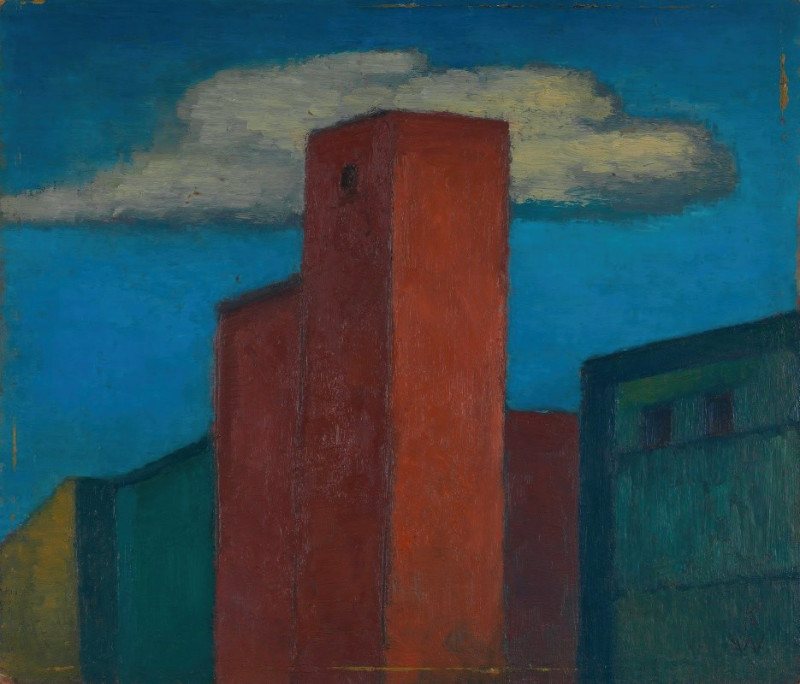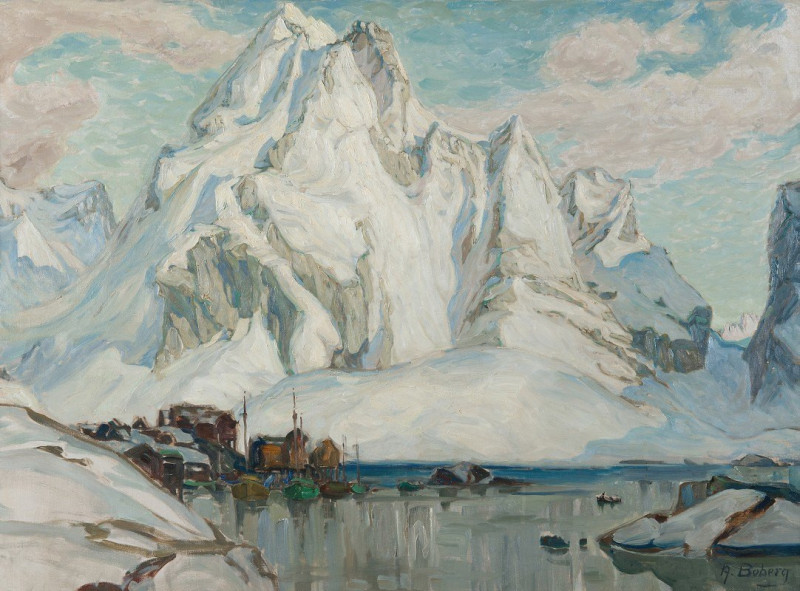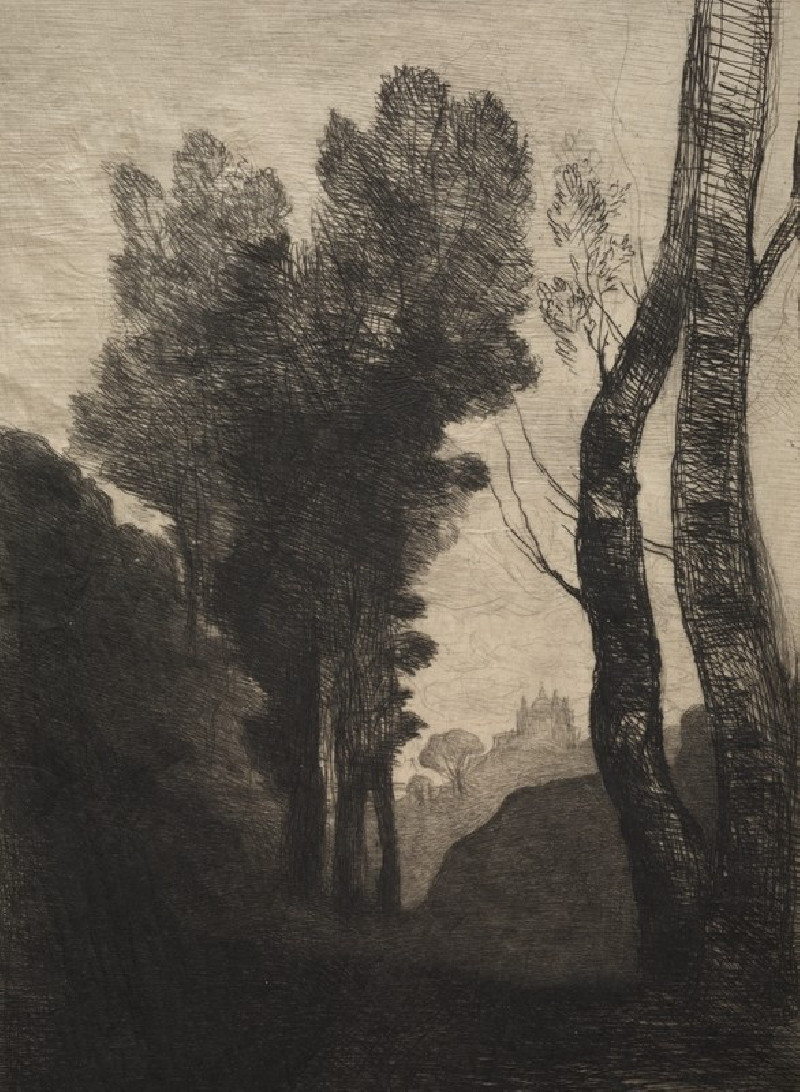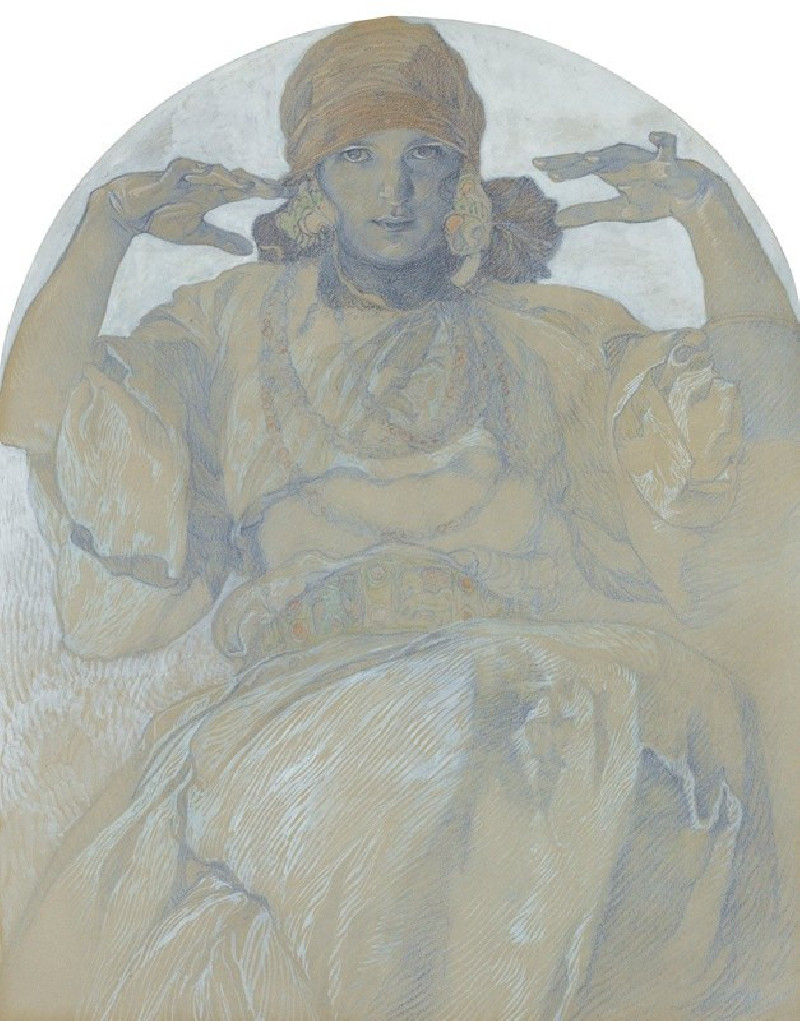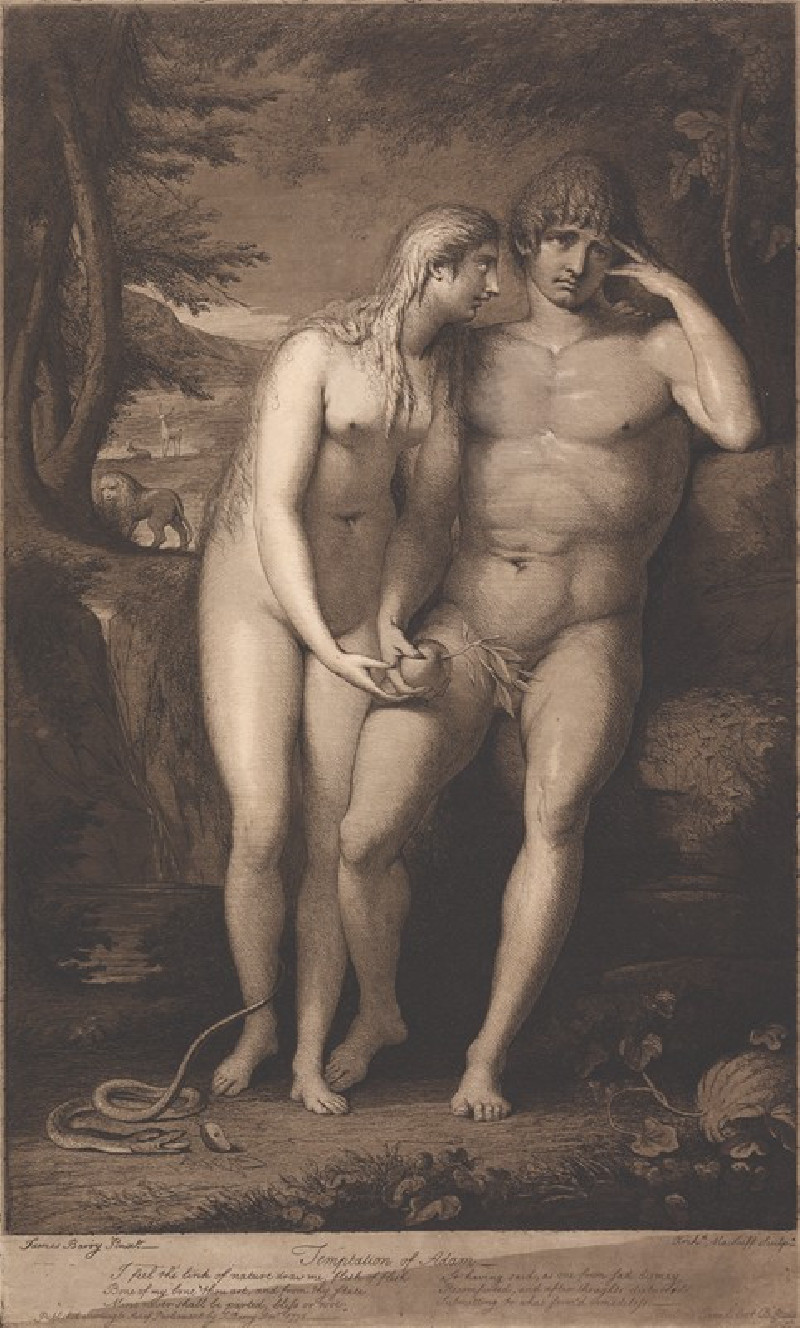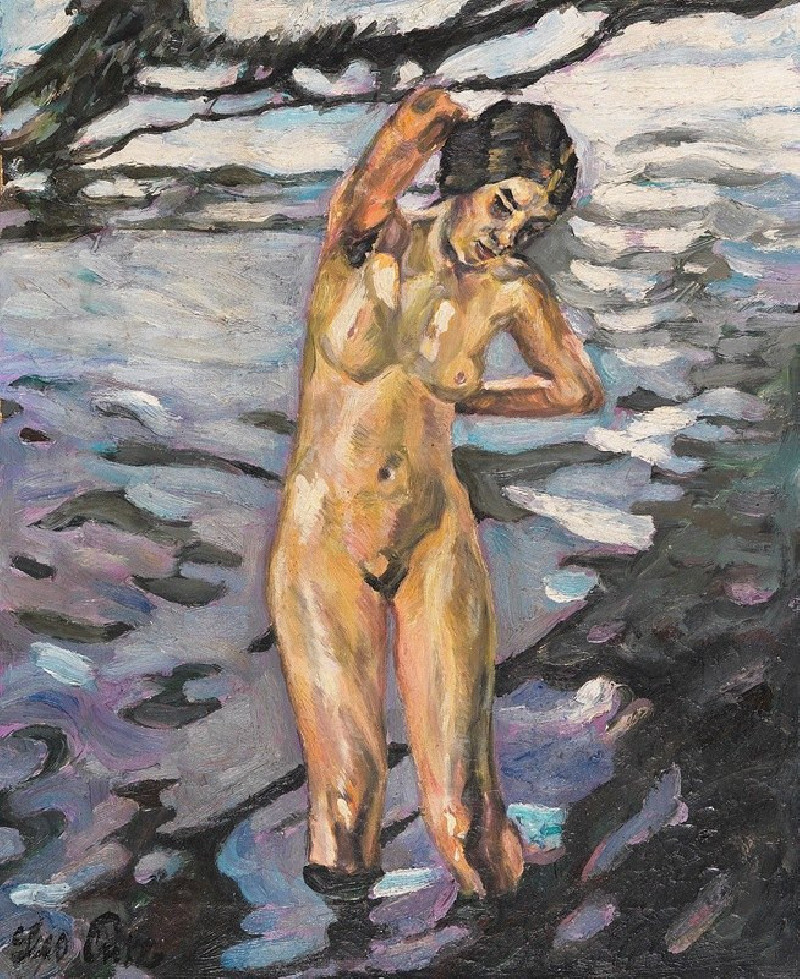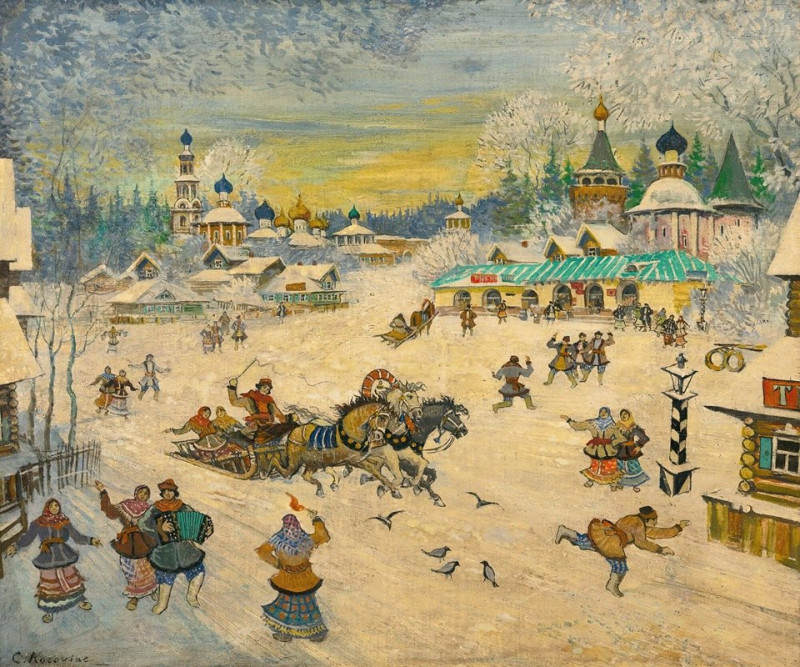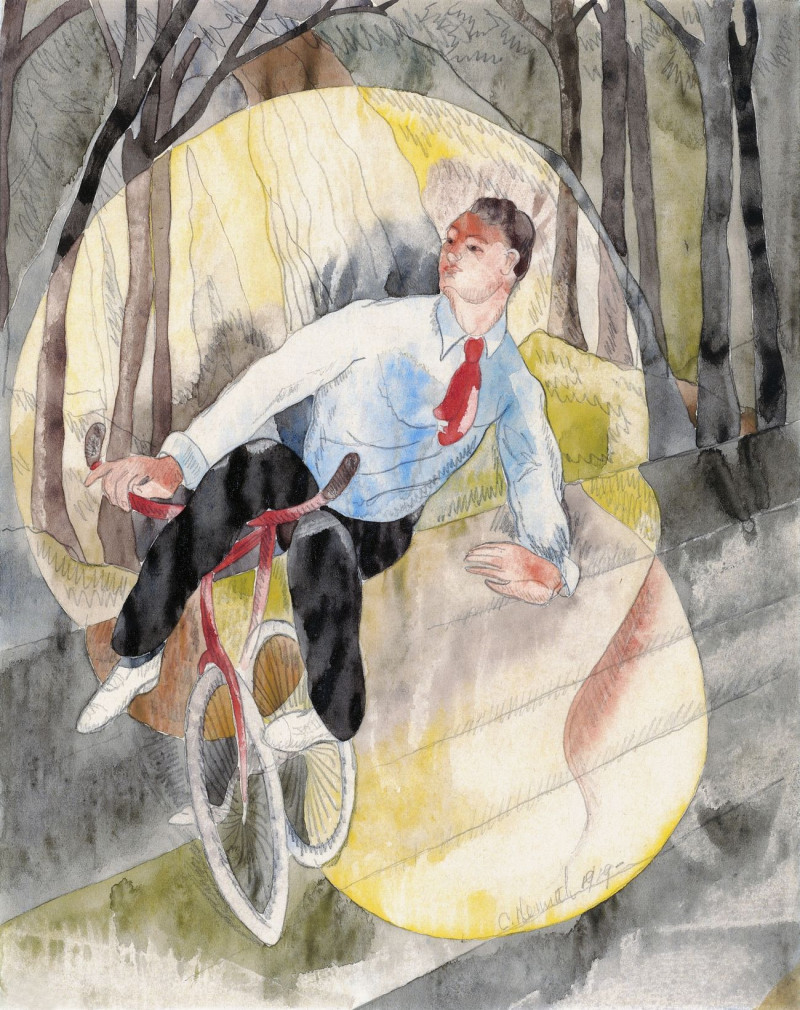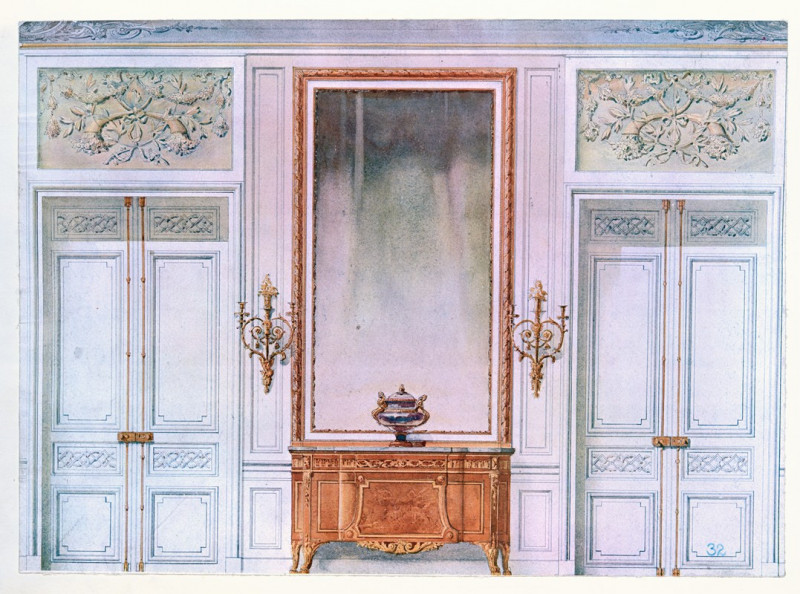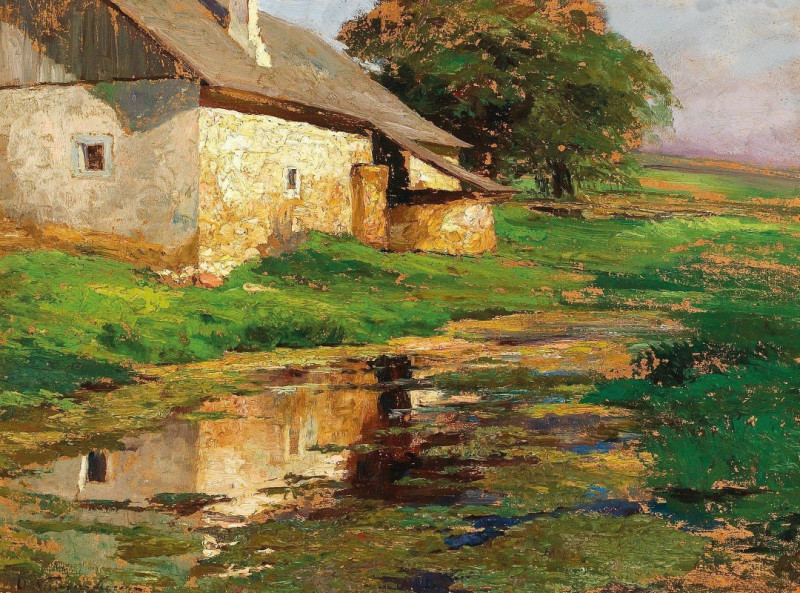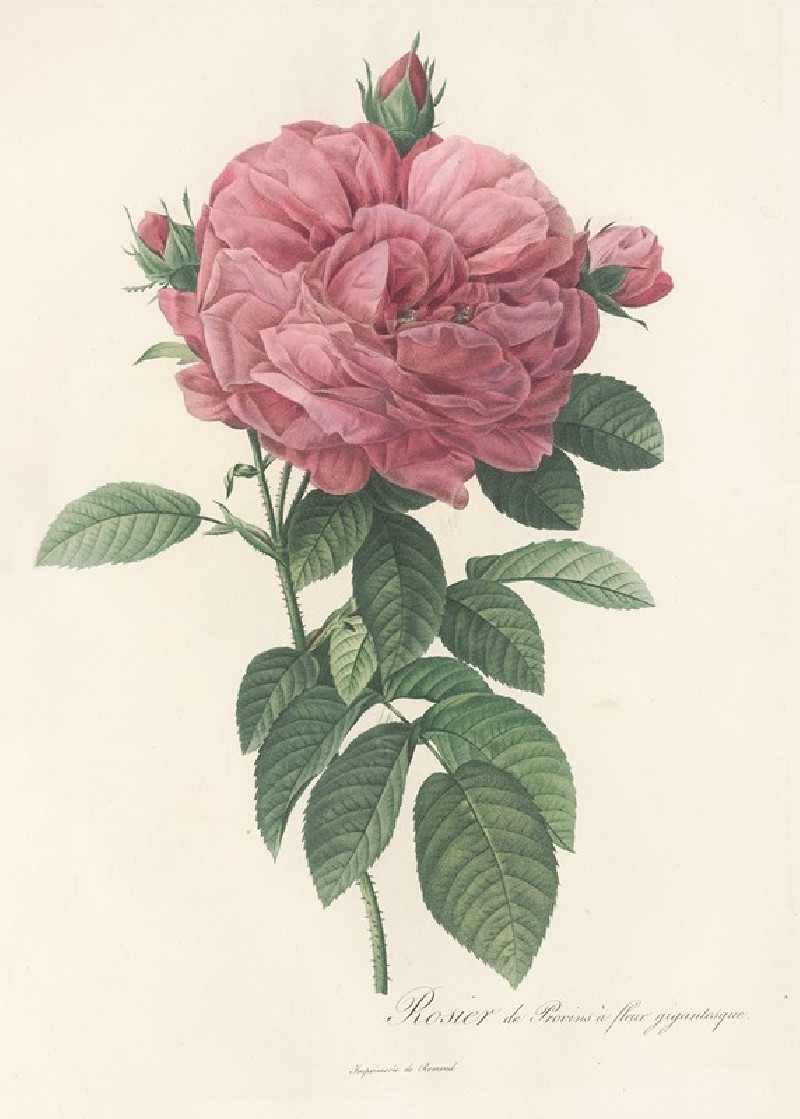Starý dvor (1923–1938)
Technique: Giclée quality print
Recommended by our customers
More about this artwork
Ľudovít Čordák's painting titled "Starý dvor" (1923–1938) captures the serene ambiance of an old courtyard enveloped in a soft, earthy palette. The artwork embodies a tranquil pathway leading through the courtyard, flanked by aged buildings of muted beige and brown tones. Architecturally, the buildings are straightforward yet full of character, boasting subtle details such as small windows and classic archways, which suggest a historical context and a sturdy, time-worn structure.The pathway itself, paved with uneven stones, draws the viewer’s eye through the composition, suggesting a journey or an exploration into this quiet, secluded space. On the sides, we see flourishing bushes and small trees suggesting life and resilience amidst the silent, architectural backdrop.This work by Čordák is an evocative representation of Slovak cultural heritage, inviting contemplation and a deeper appreciation of simpler, timeless spaces.
Delivery
Returns
Ludwig Deutsch was an Austrian painter who settled in Paris and became a noted Orientalist artist.
Details of Ludwig Deutsch's life are obscure. He was born in Vienna in 1855 into a well-established Jewish family. His father Ignaz Deutsch was a financier at the Austrian court. He studied at the Vienna Academy of Fine Arts 1872–1875, then, in 1878, moved to Paris where he became strongly associated with Orientalism.


